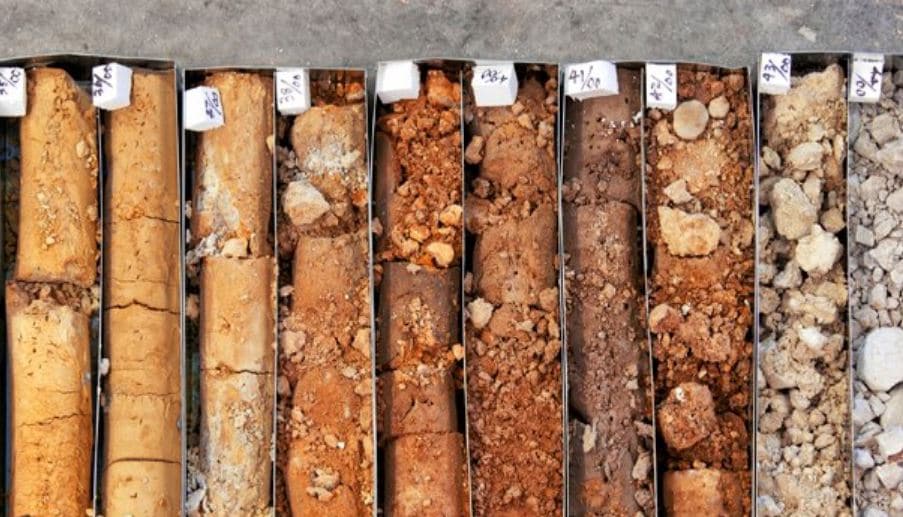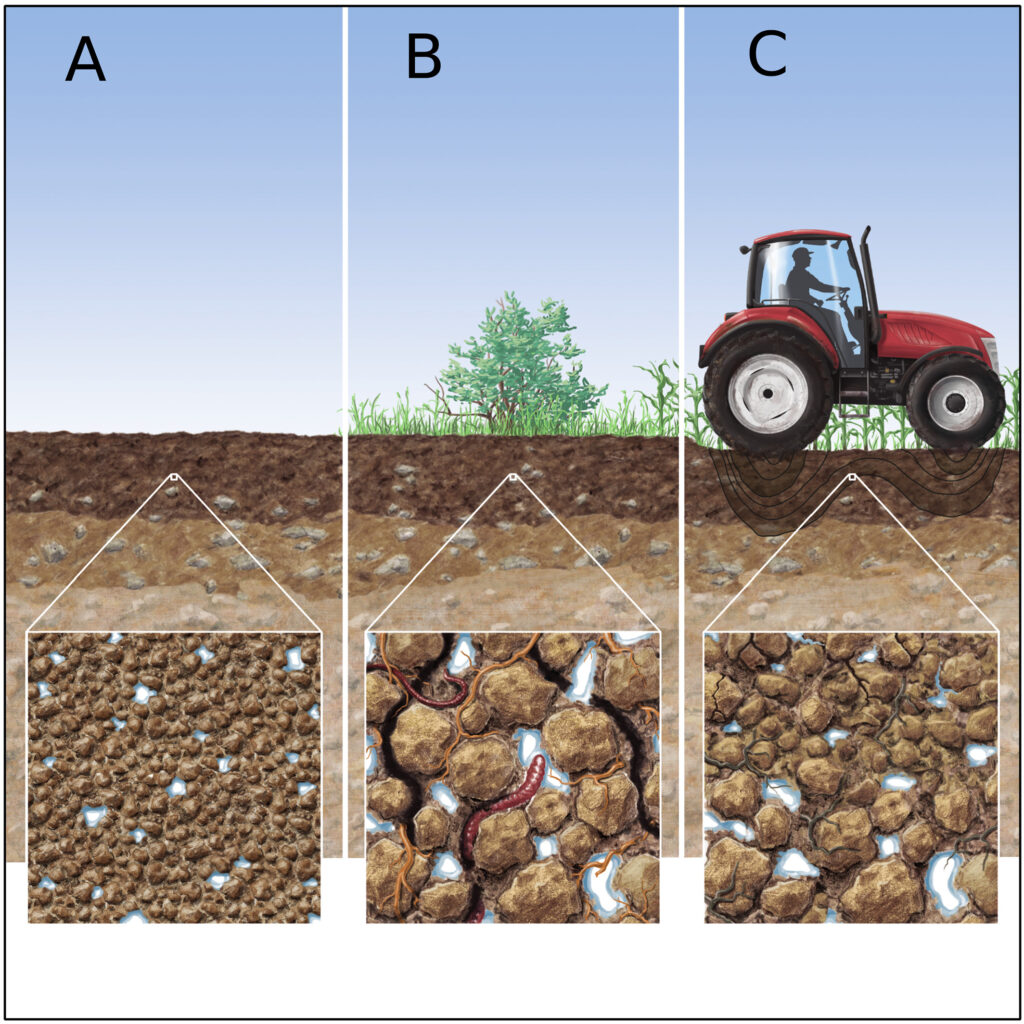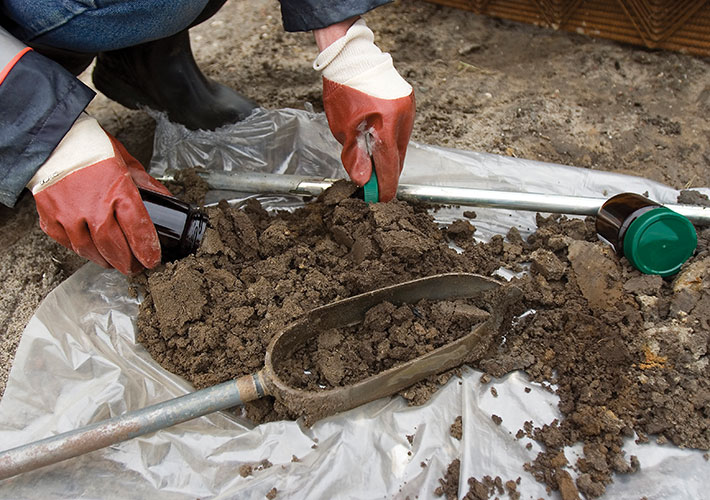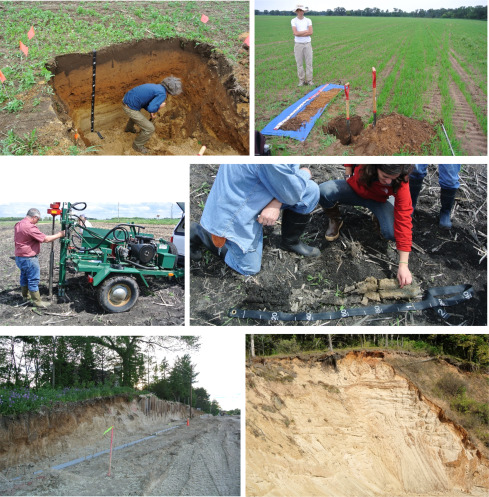Soil Investigation with 3 types
Soil investigation is to carry out physical testing on-site to understand the ground conditions for geotechnical design. Site works usually consist of the Cone Penetration Test, Vane Shear Test, Standard Penetration Test, Installation of Water Standpipe, Instrumentations, etc.
Usually, laboratory testing on soil samples extracted from site works will carry out to find the engineering properties of Soil.

Geotechnical investigation.
Engineering geologists or geotechnical engineers perform geotechnical investigations to obtain information on rock and Soil’s physical properties around a site to design foundations and earthworks for proposed structures and repair distress to structures and earthworks caused by subsurface conditions.
This investigation is also called a site investigation. Additionally, geotechnical investigations will use to measure the thermal resistivity of backfill materials or soils required for oil and gas pipelines, radioactive waste disposal, underground transmission lines, and solar thermal storage facilities.
A geotechnical investigation will specific subsurface exploration and surface exploration of site work. Sometimes, used to geophysical methods are to obtain data about sites.
Purpose of soil investigation.
For Soil, two primary purposes are soil surveys. One is to investigate Soil for a specific reason (specific Survey), like possible contamination due to contaminating activities, and the second one is to classify the Soil as a result of soil-forming processes (general Survey).
Soil investigation information gives the data using an idea about possible bias in selecting the site and, therefore, representative of the data obtained for a particular purpose.
Types of soil investigation.
Geophysical Soil Investigations

Geophysical soil investigations concentrate on the physical characteristics of the soil column, such as the moisture content, depth to the underwater table, soil classification according to the uses, and other physical properties such as moisture content, particle size, and soil density.
These reports about the recommendations and findings should be based on the testing of soil samples obtained from preplanned and on-site soil boring locations.
It should include, at minimum, data on the bearing capacity of the Soil, foundation design recommendations, paving design recommendations, compaction of Soil, lateral strength (active, passive, and coefficient of friction), permeability (as measured by infiltration testing), and frost depth.
Environmental Soil Investigations

They are typically undertaken as a follow-up to any one of several previous investigations of the property. These are:
(1) as defined by the American Society for Testing and Materials Standard E1527-05.
(2) a previously known or documented spill or suspected release of petroleum product or a hazardous substance for which cleanup and assessment are required by law.
Environmental soil investigations, soil samples are collected at locations specified in the previous assessment or at sites likely to have been the source areas for the suspected releases.
Therefore, proper decontamination of soil sampling equipment is essential after or before each sample is collected to prevent cross-contamination of soil samples.
Agricultural Soil Investigations
These soil investigations concentrate on the action and reaction of surficial soils to support food crops. Agriculture soil investigations may be carried out on proposed or existing cropland.

Fieldwork consists of collecting composite soil samples from 10 to 15 locations per 40 acres of similar land. Areas that differ in appearance, crop growth, or past treatment should be sampled separately and soil type. Sampling locations should be limited to areas at least 50 feet from lanes, fence rows, Barnes, and roads.
Soil analyses helpful in an agricultural soil investigation include studies for organic matter, magnesium, percent base saturation of cation elements, available phosphorus, exchangeable potassium, soluble salts and sodium, calcium, soil pH, buffer pH, cation exchange capacity, sodium, sulfur, zinc, manganese, percent base saturation of cation elements, soluble salts, and iron, copper and boron.
In addition, if groundwater below the site is used for irrigation purposes, a client may wish to analyze groundwater samples for many of these same parameters.
Data Requires to conduct geotechnical investigation.
- Data Collection
- Geotechnical Investigation Programme
- Field Investigation and Sampling
- Laboratory Testing
- Geotechnical Investigation Report
Data collection
Our team has extensive regional knowledge, experience, and available collected data, particularly in the south-east Asian countries such as Vietnam, Cambodia, and, therefore, can assist the Client in managing the following steps.
- Topography maps.
- Evaluation of regional geology conditions and Geology maps such as earthquakes.
- Formation of soils and faults.
- Weather report, data, and Climate Details.
Geotechnical Investigation Programme
They are established and consults for the project specifications (difficulty of structure, expected ground conditions, type of structure, data collection), including but not limited to:
List of technical standards to be applied (drilling methods in Soil and rock, field testing, geotechnical site investigation, sampling of Soil or rock or groundwater, geotechnical laboratory testing of soil and rock and groundwater characteristics)
- Number, depth of boreholes, mapping, or location.
- Sampling methods (Soil Investigations) and rock drilling and Soil.
- Standard penetration tests Number.
- Field vane shear test Number.
- Undisturbed rock samples Number.
- Groundwater sampling.
- Geotechnical laboratory testing program.
Field Investigation and Sampling
- Field Investigation Works Preparation.
- Work planning on equipment and workforce for the Programme Demobilization and Mobilization of geotechnical drilling team, supervision equipment, and personnel.
Transport of Samples Proper Handling and Warehousing to the Geotechnical Laboratory.
Laboratory Testing
- Index property tests.
- Moisture content
- Unit weight
- Specific gravity
- Atterberg limits
- Particle size distribution
Geotechnical Investigation Report
The detailed report will be prepared and provided tailor-made for each project according to the respective scope of project service. The following table of content is a standard table of content that will adjust according to the size of the project service:
- Technical standards
- Site conditions
- Executive Summary
- Project description
- Description of the works performed for the geotechnical investigation program.
